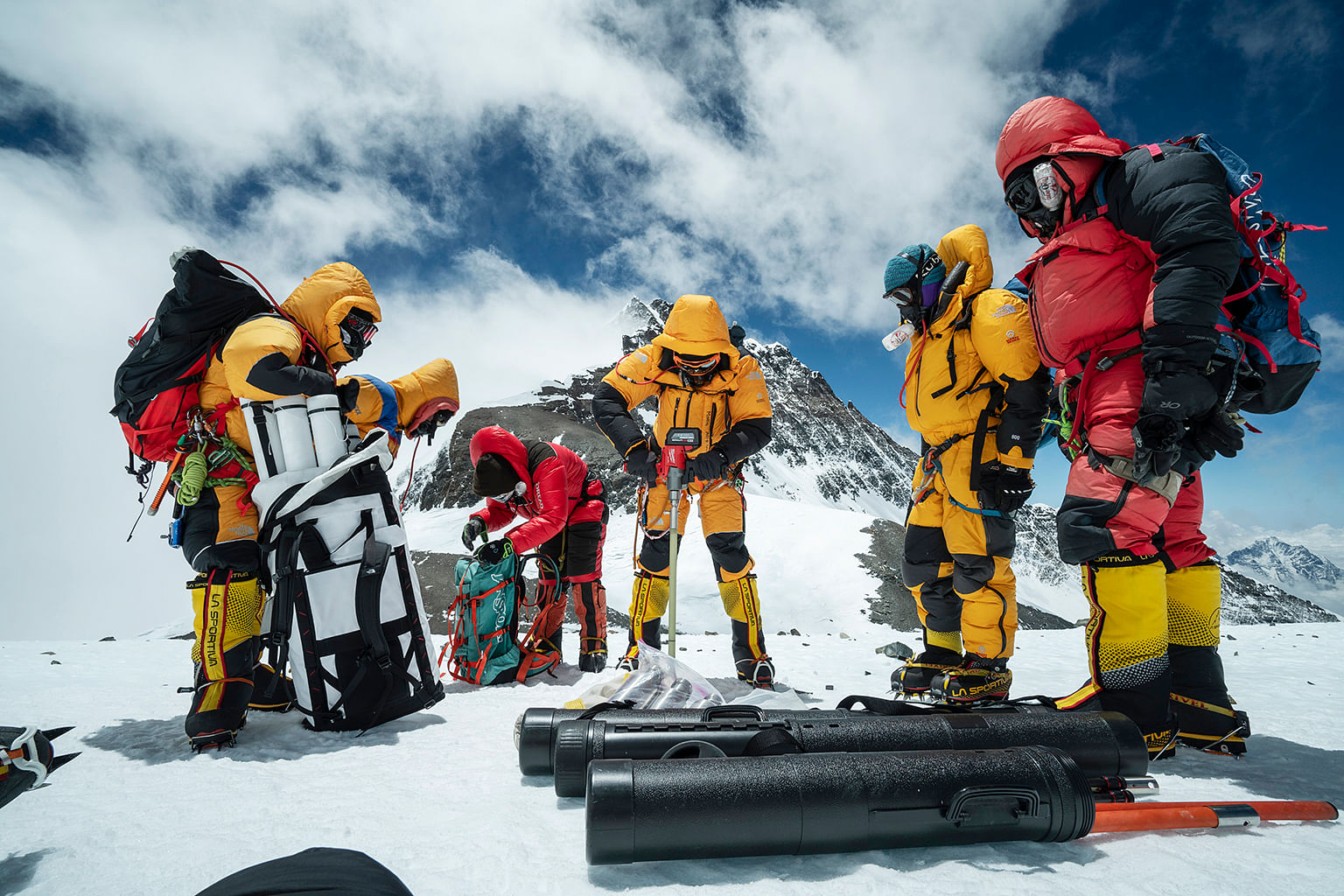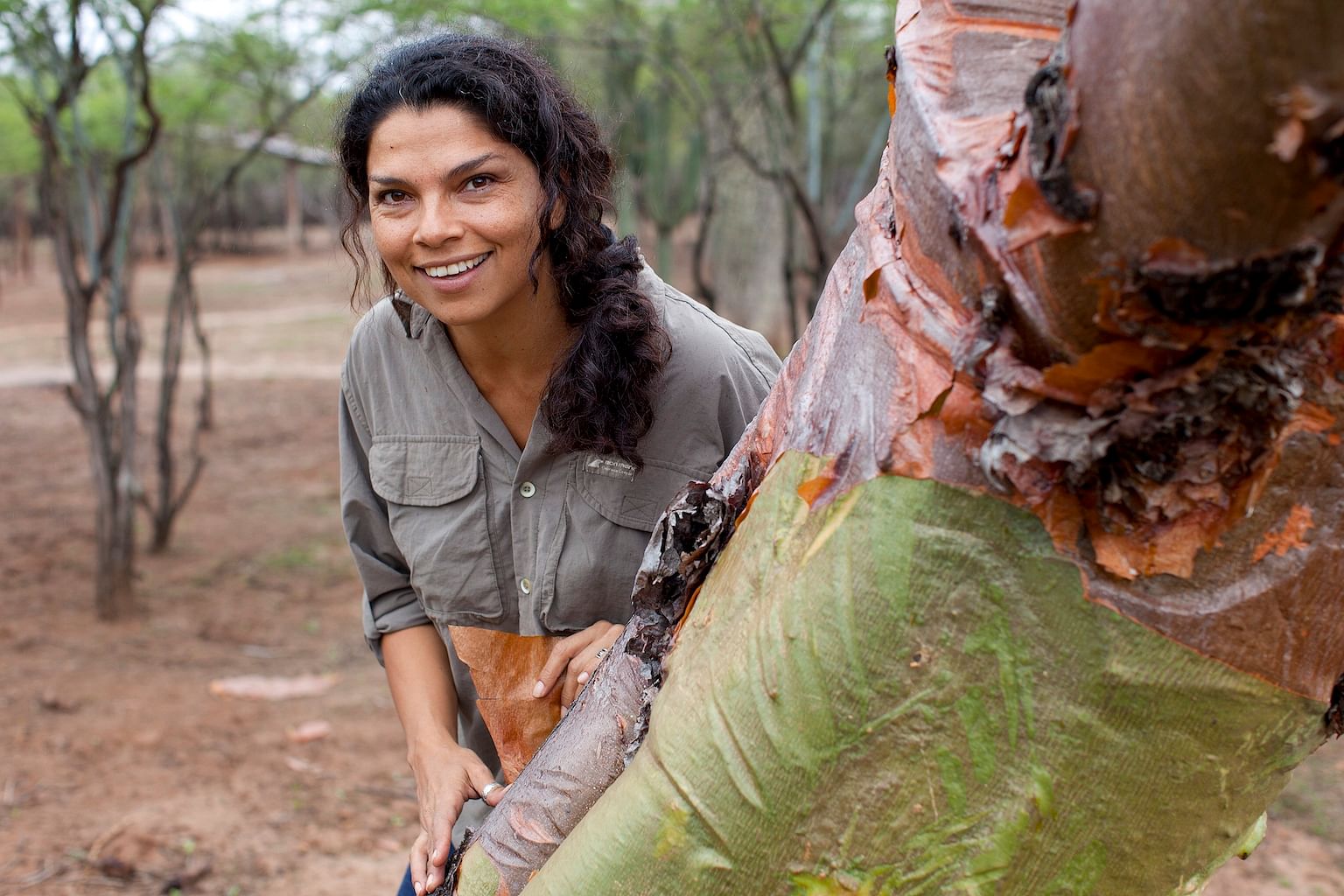When explorers Sir Edmund Hillary and Mr Tenzing Norgay became the first two people to reach the summit of Mount Everest in 1953, their significant ascent also saw the rise of a unique partnership.
It was the first time that both Rolex and the National Geographic had joined hands for a cause they are both passionate about: exploration. The Swiss watchmaker provided the climbers with reliable Oyster Perpetual timepieces to help them keep track of the climb, while the scientific organisation covered the pair’s historic feat in its magazine in 1954.
Since then, the two have become steadfast partners in their support of explorers, and have been involved in many challenging expeditions over the past 50 years.
Since 2017, they have worked together on different expeditions under the name of Perpetual Planet Expeditions, sealing their commitment to facilitating and promoting explorations that help to preserve the planet.
Collaborating on scientific expeditions to the world’s most vulnerable environments, the partnership harnesses world-renowned experts and cutting-edge technologies to study the impact of climate change on natural systems vital to life on Earth.
Mr Arnaud Boestch, the Director of Communication and Image at Rolex, said that the project is in line with the company’s Perpetual Planet initiative, launched in 2019, to help people and organisations find solutions to environmental challenges.
He mentioned that the initiative can help protect future generations “by supporting individuals and organisations in their efforts to preserve the natural world and the systems that sustain life”.
“It is essential to base solutions on reliable data. The insights from these expeditions will be invaluable to informing decisions on how the world can best tackle the planet’s most pressing environmental challenges,” he added.

From expeditions to solutions
The first expedition supported by this partnership was to Mount Everest and ran from April to June 2019. A team led by National Geographic and Nepal’s Tribhuvan University set out to better understand the effects of climate change on the glaciers of the Hindu Kush-Himalaya that provide critical water resources to about a billion people.The team installed two of the world’s highest weather stations in the mountain range, and collected the highest ice core – samples of ice taken from glaciers and ice sheets – ever recorded.
With the research findings from the expedition and additional data sets on the region’s water supply and demand, the team developed an index to track the health of the world’s most important and vulnerable water systems, and to help protect them.
Building on this expedition, the National Geographic Society, with the support of the Rolex Perpetual Planet initiative, embarked on a second one, to the Tupungato Volcano, from February to March 2021. The volcano is in the Andes mountain range at the border between Argentina and Chile. The mountains there supply freshwater to more than six million people in nearby Santiago.The team, working in collaboration with Chile’s government, installed a weather station just below the volcano’s summit.
“With the installation of the highest weather station in the Americas, scientists will have a window into atmospheric processes in the high Chilean Andes,” said Dr Baker Perry, a climate scientist and professor at the Appalachian State University, in North Carolina, US, who co-led the expedition.
Scientists are using the station’s data for weather modelling and water resource management. These mountains, according to Dr Perry, are one of the world’s most vulnerable water towers. He added: “The expedition is contributing to a perpetual planet by pushing the limits of scientific discovery and exploration to the highest reaches of the planet.”

Ms Nicole Alexiev, Vice President of Science and Innovation at the National Geographic Society, added: “Our ultimate goal is to use the new information and data gathered from the expeditions to support and elevate solutions that will restore balance to our ecosystems.”
Beyond these expeditions, a team of over 50 top scientists and conservationists to study changes in the rainforests in 2019 was convened by National Geographic Society with the support of the Rolex Perpetual Planet initiative.
The experts combined over 40 years of satellite data and other observations to produce an index to track global rainforests’ vulnerability to climate change and land use. They published their analyses and work on the index in the scientific journal One Earth in July 2021.
Building a better future together
Over the years, Rolex and the National Geographic Society have also joined forces on other projects.
Since 2017, Rolex has supported the society’s annual National Geographic Explorers Festival, which brings together scientists, conservationists, explorers, educators and others from around the world to share their insights, discoveries and solutions for a more sustainable future.
The society’s scientists have also served as jury members for the biennial Rolex Awards for Enterprise, which provides funding and support for individuals with projects to preserve natural habitats and species, as well as advance human knowledge and well-being.
Some Rolex Awards Laureates have also gone on to become National Geographic Explorers or Emerging Explorers, who receive funding from the society for their research and work.

Conservation biologist Erika Cuéllar, who has been training local people to protect the biodiversity of the Gran Chaco, the second-largest forest in South America and one of its last truly wild environments, was named a Rolex Laureate in 2012 and a National Geographic Emerging Explorer the following year.
According to the National Geographic Society, the natural systems that provide some of the most basic needs for life on Earth – water, oxygen and a stable climate – are increasingly at risk due to climate change and other global environmental challenges.
It noted: “That’s why National Geographic and Rolex have partnered to support trailblazing scientific research, expeditions, and solutions to increase our understanding of the threats facing the planet’s life support systems and drive action to address them.”
We The Earth is a partnership between The Straits Times and Rolex and its Perpetual Planet initiative. Rolex’s alliance with the National Geographic Society is a stellar example of what people are doing to solve the issues earth faces.

